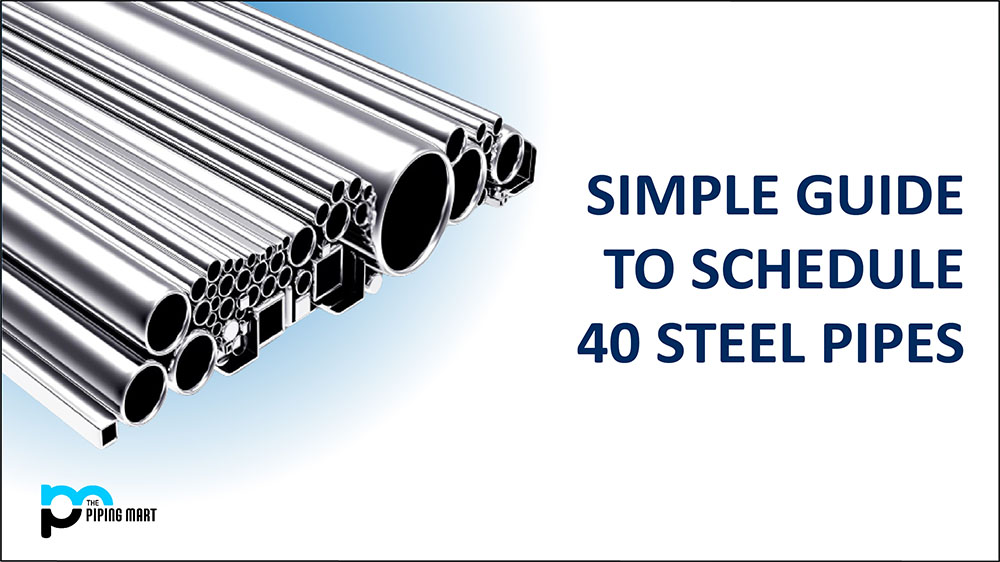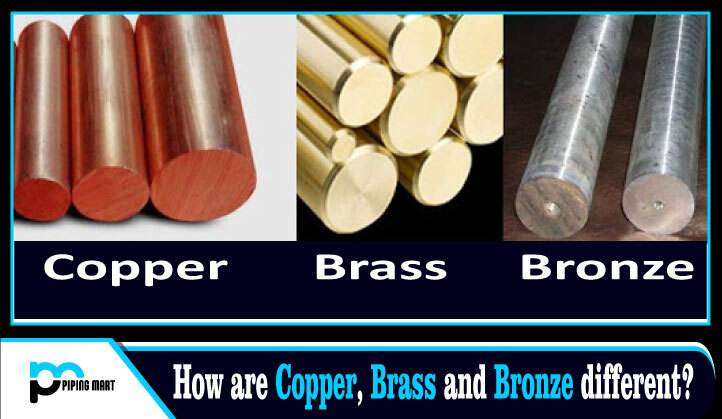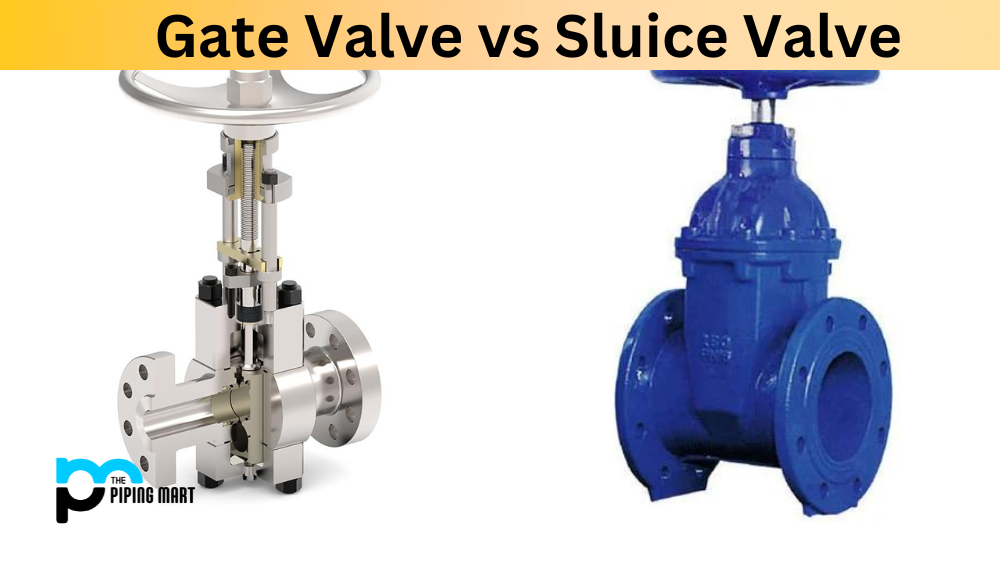What is Schedule 40?
One must know the pipe’s precise size when selecting pipes for a project, remodeling, or renovating. They consider several factors, including the pipe’s length, outer diameter, and thickness, to ensure that everything will fit together when it is time to install the pipe. But in case of being unfamiliar with the process of choosing pipes, one could be perplexed as to why pipes in a hardware store aren’t labeled with their dimensions but rather with odd numbers like “NPS” or “pipe schedules.”
The internal diameter of a pipe, not its outside diameter, is meant by the NPS size, which is the outer diameter. When the schedule number on a fixed size is changed, the internal diameter (ID), but not the exterior diameter (OD), is impacted (OD). The American Standard Association created Nominal Pipe Sizing to replace the previously used Iron Pipe Sizing. This North American specification is used for pipes with high or low pressures and temperatures.
The phrase “schedule 40 pipe” is generally used the most in an MEP project. Schedule 40, however, relates to the pipe’s wall thickness. Schedule 40 pipes convey water or other fluids in a distribution system in many different applications. Engineers use Schedule 40 pipes in a variety of pipeline system designs. Many specialists assist users in choosing the appropriate pipe for their project and designing effective pipe networks for the simple distribution of water and other fluids.
The most used pipe schedule is schedule 40 steel pipe. It is typically used within water and gas lines and can be galvanized, though it need not be. It might also show up in areas that require decoration or support. It is essential first to comprehend a pipe schedule and how it is used to categorize pipes based on their diameter and thickness before describing what a schedule 40 pipe is. Simply put, a pipe schedule is a technique to convey a pipe’s thickness relative to its outer diameter without having to recall or quote precise thickness and inner diameter values. Therefore, referring to a pipe as a schedule 40 pipe is a way to describe its thickness without stating the minimum thickness required.
Pipe schedules can only determine a pipe’s dimensions after first measuring it. To accomplish this, one must be aware of the pipe’s Nominal Pipe Size (NPS) number, a system of standard numbers used to directly match the pipe’s various dimensions to its outside diameter without requiring units. Following the NPS, pipes are produced in a way that maintains all other pipe dimensions following established standard values chosen by a regulating agency. Due to its adaptability and performance strength, it creates a great pipe. Let’s discuss schedule 40 steel pipe and why it may be the best option for many projects given the strain, it is currently under to perform.
The nominal wall thickness of a steel pipe is determined by a pipe schedule (SCH). Metal fabricators once commonly utilized standard, extra-strong, and double-extra-strong pipe dimensions. However, having only these three ill-defined dimensions could have been more helpful. Steel pipes are now available in 14 different schedules. Schedule 40 is the one that is most frequently utilized. The numbers in the pipes are not dimensional. In other words, SCH 40 doesn’t necessarily refer to the pipe’s diameter in millimeters or inches. The ASME B36.10M standard, which governs the dimensions of seamless and welded steel pipe, establishes the criteria for each schedule. The numbers used to identify each size are determined by ASME B36.10M.
Grades and Materials of Schedule 40 Pipes:
Mild steel is typically used to make schedule 40 steel pipe. This indicates that it contains 0.2% to 0.25 percent carbon. That’s incredibly low, making the alloy primarily composed of iron. Manufacturers of steel typically galvanize, or plate, the steel with a zinc coating to increase the corrosion resistance of SCH 40 steel pipe. Schedule 40 pipe is also available in stainless steel if the first alternative is unsuitable.
The grade most frequently associated with SCH 40 steel pipe is A53 steel pipe, but this schedule is also available in other grades. Although there are many materials for schedule 40 pipes on the market, only PVC and metal are helpful possibilities. Before making any final choice, it is essential to be aware of the benefits and drawbacks of each material.
Even though plastic is notorious for not degrading and for steadily destroying the environment, this is one situation where its resistance to environmental deterioration is helpful to us. PVC pipes endure more when exposed to air and moisture than metal pipes, a factor that metal pipes struggle with. PVC pipes are also less labor- and energy-intensive to manufacture than metal pipes since obtaining the raw materials for PVC pipes is simpler than for metal pipes. This implies that PVC pipes are less expensive to make and, consequently, are less costly per meter length on the market.
PVC pipes can be cut and joined to other pipes without potentially dangerous tools like a welder or power saw, making them simpler than metal pipes. On the other hand, metal pipes can withstand much higher pressures and external stresses because of the material’s superior toughness. And while they could be more expensive, some types of metal pipes, such as those made of copper or even stainless steel, are less likely to rust and degrade.
Size and Weight of Schedule 40 Pipes:
Wall thickness and outer diameter are used to determine thickness. As an illustration, a 1/8th-inch nominal size schedule 40 pipe has a wall thickness of 0.068 and an outer diameter of 0.405. It weighs 0.245 pounds per square foot. The 4-inch schedule 40 steel pipe is more typical. The outside diameter of this pipe is 4.5, its wall thickness is 0.237, and it weighs 10.79 pounds per foot.
There are various dimensions available for this steel pipe product. The pipe’s length, nominal diameter, interior diameter, and exterior diameter all fall within the acceptable range. For instance, the actual interior and outside diameters of a schedule 40 pipe with a 2.5-inch diameter will be 2.469 and 2.875, respectively.
Schedule 40 Steel Pipe Weight:
The weight per foot typically hovers around 1.68 lbs. Several variables determine its capacity. A standard pipe made of black, A53-grade steel will have a 30,000 psi yield strength. Consider a one-inch pipe being used over a four-foot span. 300 lbs should be supported by the middle with a 1/4-inch permanent deflection. Assume for this example that one is employing a one-inch pipe over a four-foot span. 300 lbs should be supported by the middle with a 1/4-inch permanent deflection.
Chemical Composition of Schedule 40 Pipes:
Chemical Make-Up of Schedule 40 Steel Pipe The nominal wall thickness, not the grade, is what is referred to as Schedule 40 pipe. As a result, a pipe schedule’s chemical composition is only sometimes consistent. Schedule 40 pipe, on the other hand, is typically manufactured of grade A53 steel pipe, low-carbon steel. Although the chemical makeup of A53 steel varies between types and welds, as a point of comparison, type S seamless weld A53 steel resembles the following 0.25% carbon, and 0.95% manganese, along with 0.05% phosphorous, 0.045% sulfur, 0.4% for copper, 0.4% for nickel, 0.4% chromium, and Molybdenum which is 0.15 percent, 0.08% vanadium.
How to choose a Schedule 40 Pipe?
Despite being the most common type of pipes available, schedule 40 pipes are only one of many options. Some pipes are constructed with thicker walls than those found in a schedule 40 pipe and, as a result, have various schedule numbers. This is because a pipe’s thickness directly affects its strength and, subsequently, its use.
When pipes have the same NPS number (i.e., the same outer diameter), they can have different wall thicknesses. Still, the pipes are categorized as per their scheduled numbers instead of recording the slight variations in thickness in millimeters or inches. In keeping with the previous example, a schedule 80 pipe has a thickness of 0.154″ while a schedule 40 pipe has a thickness of 0.113″ for the same NPS number.
As demonstrated by the above example, pipes with higher schedule numbers have thicker walls, but this increase in thickness is not directly related to the change in schedule numbers. If not, a schedule 80 pipe would be twice as thick as a schedule 40 pipe. However, this allows us to compare a schedule 40 pipe to others easily; any pipe with a lesser schedule number will have walls thinner than schedule 40, and pipes with higher schedule numbers will have thicker walls. The market’s pipe schedules that are generally offered include 5 and 10, along with 20, 30, 40, 80, 120, and 160; however, the 40 and 80 schedules are the most frequently utilized ones. Here is a brief explanation of the process used to pick the ideal pipe for the project. Several of the following factors, which must be considered, are listed below.
Temperature:
Especially if the pipe is composed of a material like PVC, the temperature at which it is utilized can significantly affect its lifespan and how fragile its structure can become over time. Heat can cause the material to deteriorate and, in severe circumstances, even to melt. This is a common issue with PVC pipes that have been employed to convey hot water for a long time. Even though heat by itself does not necessarily destroy the pipe over time, it substantially impacts the pipe’s overall strength. That indicates that the pipe is more vulnerable to damage from physical overuse. Thin PVC pipes that have overheated are easily broken when struck with a hammer. In summary, a schedule 80 pipe is preferable to a schedule 40 pipe if a need arises to use it in a hot climate for an extended period. It shouldn’t be surprising that a thicker wall can withstand higher pressures than a thinner wall because it has more substance to keep the pipe together and prevent it from rupturing. Therefore, anyone choosing a pipe should choose a suitable wall thickness if they intend to use it when they need to pump water or air through it at high pressure.
Strength:
It was a component of the sprinkler system’s water control and delivery system for fighting building fires. A schedule 80 pipe would outperform a schedule 40 pipe in this strength test, with more strength benefiting the thicker walls. This test would involve placing both the schedule 40 as well as schedule 80 pipes under significant external stress.
This makes schedule 80 pipe perfect for usage in situations where it would be subjected to significantly greater external stress, such as when it is placed underground to act as a protective coating for a network of wires or when it is utilized as a mains water or gas line. A schedule 80 pipe is superior to a schedule 40 pipe because it can withstand being used much more roughly. However, a schedule 40 pipe can suffice the needs, so one might only sometimes require one. By examining the various required project, applications, water or gas stress, and other considerations, one may decide whether they would advantage from a schedule 40 pipe. Many suppliers can pick the highest-quality materials while keeping the user’s budget in mind.
Applications of Schedule 40 Pipes:
Pipe naming and classification using schedule numerals is a very well-liked technique, mainly due to the simplicity it offers its users. It can be a tremendous bother to remember the particular pipe dimensions one needs and then meticulously measure the pipe out at the store using a few very specialized tools to precisely achieve each measurement. It is much easier to approach a shop owner and request a schedule 40 pipe in the appropriate NPS size after noting the exact pipe required on the size table.
But in addition to making life more convenient, this standard’s adoption has also improved productivity. Finding the proper joints for the pipe is not too difficult because all pipes adhere to the same standard; one needs to look for the correct number, and no matter who produced the pipe, a joint with the same NPS number would always fit on it. Using pipes with the same NPS number allows the consumer to combine two pipes with different schedules without issues because the same NPS number indicates the same outside diameter.
Most home and business use for schedule 40 pipes are appropriate. A schedule 40 pipe, for instance, can resist pressures of up to 450 PSI, while a schedule 80 pipe can handle pressures of up to 630 PSI. Despite this considerable difference, the issue is irrelevant because the optimal water pressure in the home’s water supply is only ever between 50 and 70 PSI.
The price differential between the two is another crucial aspect that supports schedule 40 pipes as the more sensible option. A pipe with thicker walls requires more material to build, which instantly raises the cost of manufacturing and drives up the price on the market. Of course, the oil and gas industry will transport elevated temperature and extreme-pressure liquids for residential and commercial constructions via scheduled 40 pipes. One may find scheduled 40 steel pipes in the majority of hardware stores. Curtain rods, bookcases, coat hooks, floor lamps, and magazine racks are all made from schedule 40 steel tubing. Because it may be used for many jobs, this device is well-liked by do-it-yourselfers. Depending on the pipe’s length, grade, and volume at the time of purchase, the price of Schedule 40 steel pipe varies considerably. The incurred expenses will be significantly less if one purchases numerous pipes from a fabrication-focused business than buying the same item from Home Depot.
The distinction between Schedule 40 Pipe and Schedule 80 Pipe:
Schedules 40 and 80 pipes share many similarities. They are so similar that some people mistake them for one another. Schedule 40 pipe has thinner walls than schedule 80 pipe, on the other hand. Due to its ability to withstand higher pressures than schedule 40, schedule 80 is frequently employed in commercial applications.
What is the best way to determine whether a schedule 40 pipe can bear the pressure: If one wants to know whether schedule 40 or schedule 80 is preferable for the project, it can be done by applying a mathematical calculation which is (1,000) *(P/S) = SCH. P is the internal working pressure of the pipe, and S is the highest stress the material can withstand in this equation. The applied equation is 37.5 = (1,000) * (450/12,000) if the pipe has an S value of 12,000 and an inner working force of 450 psi, for instance. This method should work out since 37.5 is so near to SCH 40.
The following industries employ Sch 40 steel pipes: Many businesses, especially those that must provide air, gas, or even water at high temperatures, use SCH 40 steel pipes. This planned pipe is a dependable solution for construction because of its diameter, robustness, and responsiveness. It is essential to note that schedule 40 pipes are generally less expensive and can be utilized in place of schedule 80 pipes in almost all other circumstances, rendering the investment in a thicker pipe unnecessary when one can complete the task for less money without running the danger of a rupture due to weakness.
That is not to suggest that the greater strength of the schedule 80 pipe is entirely useless due to its impracticality. Schedule 40 pipe would undoubtedly fail in industrial and chemical applications because of its lower durability and pressure limit. However, schedule 40 pipe is a much more practical and affordable solution that many engineers employ for practically all other applications.

Pipingmart is B2B portal specializes in industrial, metal and piping products. Also, share latest information and news related to products, materials and different types grades to help business dealing in this industry.




